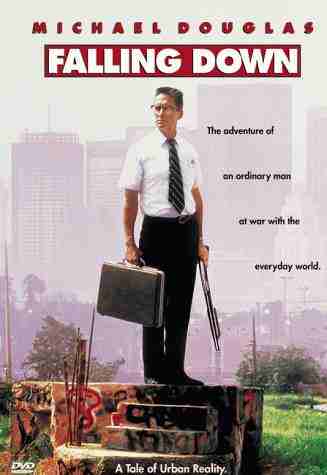 It is often said that "Tall trees can't grow to the sky", meaning that things cannot continue past their natural boundaries.
It is often said that "Tall trees can't grow to the sky", meaning that things cannot continue past their natural boundaries.Although current stock market bull commentators often act as if this doesn't apply to today's stock market, the fact is, is that natural "rules" apply. And the two key rules remain impenetrable as always and they relate to PE ratios and interest rates: when PEs are above historical norms, and interest rates are on the way up - then stocks will inevitably fall (exact timing is, as always, the only question).
Nevertheless, as small investors today, we don't simply have to hope for a bull market to make money - we can use quasi-shorting techniques, even in tax-protected accounts. Given that this is one of the longest bull markets in the past fifty years, the direction of interest rates is up, and PEs are above averages, it doesn't take a rocket scientist to prepare for the worst.
That doesn't mean pulling everything from the market - the market often proves people foolish, by adding a few more points than expected. But it does mean doing a balancing act, that might produce a more stable portfolio over the mid-term. For some investors who agree with the thesis that we are in the prelude to a bear plunge, this means retaining solid core positions, and raising some cash, and perhaps using inverse leveraged positions to gain alpha on the downside.
Given that the last major bear market lasted 16 years, and produced numerous plunges (and subsequent near recoveries), a correction (at the minimum) seems in order - fairly soon. So, by investing 5%, 15% or 25% into a levered bear position, such as that available from ProFunds.com, this can allow you to profit while the market is in decline, and then allows you to throw it into the market, when it's hit what you consider to be the bottom.
The risk is that you dampen your return should the bull continue on longer than you thought, but the reward side is the potential to significantly mitigate the downside damage, and be ready to put more funds into the market when it's "on sale".
Just be sure that you aren't risking an excessive amount on the "downside" bet. Remember, it's having a well-reasoned approach - often contrary to popular thinking - that produces the best investment returns. Something to ponder (but not for too long), while this aging bull looks for a face-lift.

JW
The Confused Capitalist

















